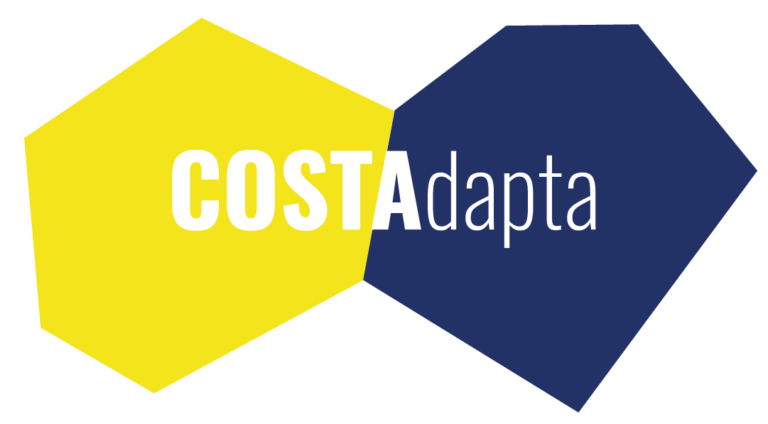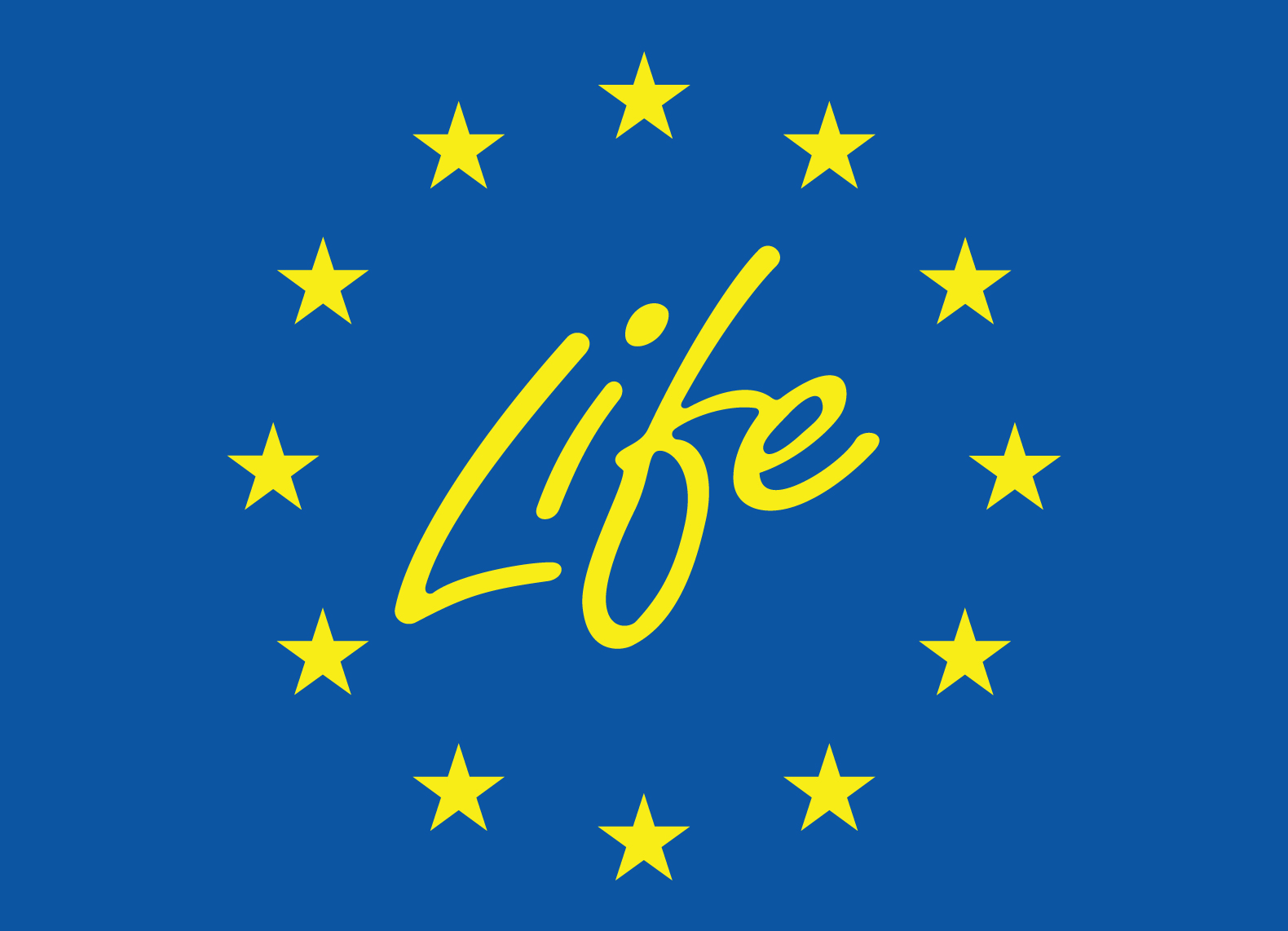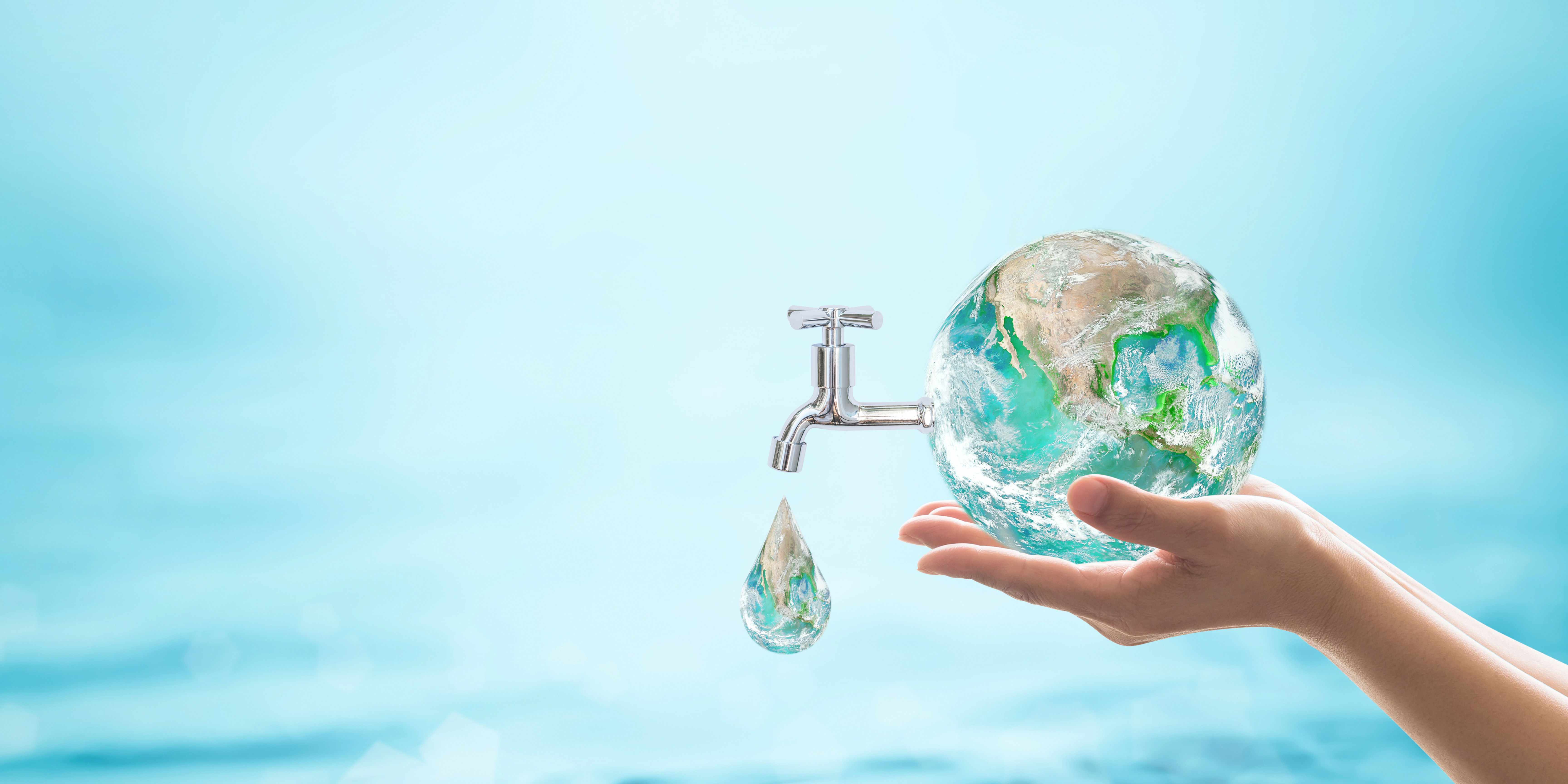- The project joins the celebration of World Environment Day today, June 5th.
- LIFE COSTAdapta demonstrates a commitment to protecting the environment and promoting sustainable solutions.
Today we celebrate World Environment Day, which reminds us of the importance of caring for and protecting this source of life. It is a day that encourages us to reflect on the need to unite and contribute to a better world for us and future generations.
At LIFECOSTAdapta, we prioritize environmental care. Our goal is to adapt the coast to rising sea levels by constructing tidal reefs made of ecological materials, promoting the preservation of marine ecosystems and biodiversity. This prototype is an important coastal ecosystem that provides shelter for diverse marine life, opportunities for education and research, and recreational benefits.
Environmentally, it will play a crucial role for several reasons:
- Biodiversity: Tide pools serve as temporary habitats for a diverse array of organisms, including algae, molluscs, crustaceans, anemones, small fish, and various invertebrate species. They offer an opportunity to study biodiversity and ecological interactions in a confined space.
- Natural Laboratories: Due to their changing conditions and small size, tide pools are excellent for scientific research. Scientists can observe directly how these organisms respond to environmental factors such as temperature, salinity, and oxygen availability.
- Education and Recreation: Tide pools are accessible and attractive for environmental education and recreation. They can inspire people to learn more about marine life and the importance of conserving coastal ecosystems.
- Food Sources: Many organisms rely on tide pools as a temporary source of food and shelter. Seabirds, for example, often forage in these pools at low tide.
These reefs will not only mitigate coastal erosion by attenuating waves and currents but also foster ecotourism by attracting visitors interested in sustainability, coastal ecosystems, and the unique biodiversity characteristic of Gran Canaria. In addition, the project aims to raise community and visitor awareness of the importance of conservation, adding value to local ecological understanding. The project represents a step forward in coastal adaptation to climate change and demonstrates a commitment to protecting the environment and promoting sustainable solutions. Ultimately, it seeks to maintain the compatibility of residential use and the environment.
Today, more than ever, let’s celebrate World Environment Day!
About LIFE COSTAdapta
The main objective of the LIFE COSTAdapta project is to address the adaptation of the coast of Gran Canaria to sea level rise through an innovative methodology. To achieve this, we will develop and test a progressive tidal pool-reef system, integrating traditional tidal pool construction techniques and advanced solutions.
This approach will contribute to the gradual adaptation of the Gran Canaria coast to climate change, which is crucial given the region’s high vulnerability to climate impacts, including sea level rise. In addition to strengthening the resilience of coastal areas, LIFE COSTAdapta aims to conserve habitats characteristic of these areas and protect the local tourism economy. Furthermore, the project will ensure economic sustainability by offering flood mitigation solutions and preserving the region’s appeal to tourists, thus reinforcing coastal stability.
The project, with a duration of 7 years and a total budget of 3,409,864 EUR (2,045,818 EUR subsidized by the European Union through the LIFE Programme), is coordinated by the Gran Canaria Island Energy Council (CIEGC) of the Cabildo de Gran Canaria, with the support of 7 partners: University of Las Palmas de Gran Canaria (ULPGC); University of Cantabria (UC); INGECID, Research and Project Development; Raley Estudios Costeros S. C.P.; ECOncrete AQUA; Fundación Canaria para el Reciclaje y Desarrollo Sostenible (FCR) and Fundación Finnova.


